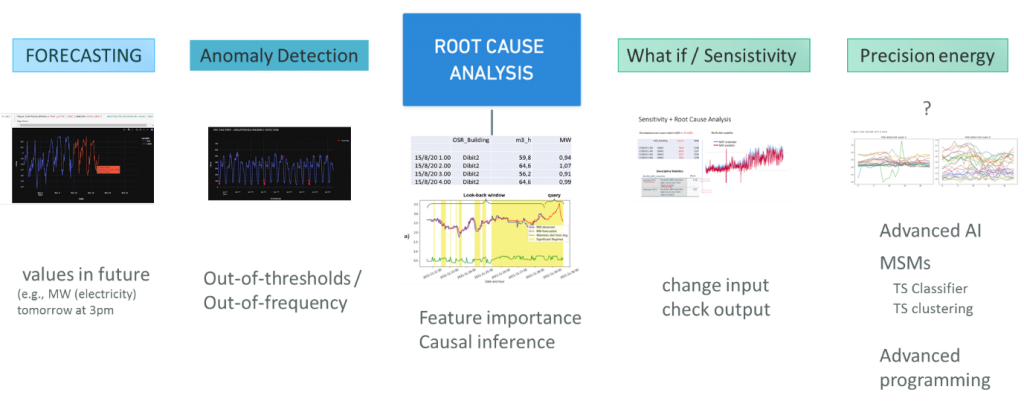The pilot consists of two entities:
HSR and SEGRATE buildings are powered by the HSR Cogenerator plant.

The overall Pilot 3 focuses on testable and viable solutions searching for both AI enhanced energy island efficiency, energy waste containment and autarky equipped with replicable social/organisational capacity to fit real municipality contexts.
Main goals:

Milan - Italy